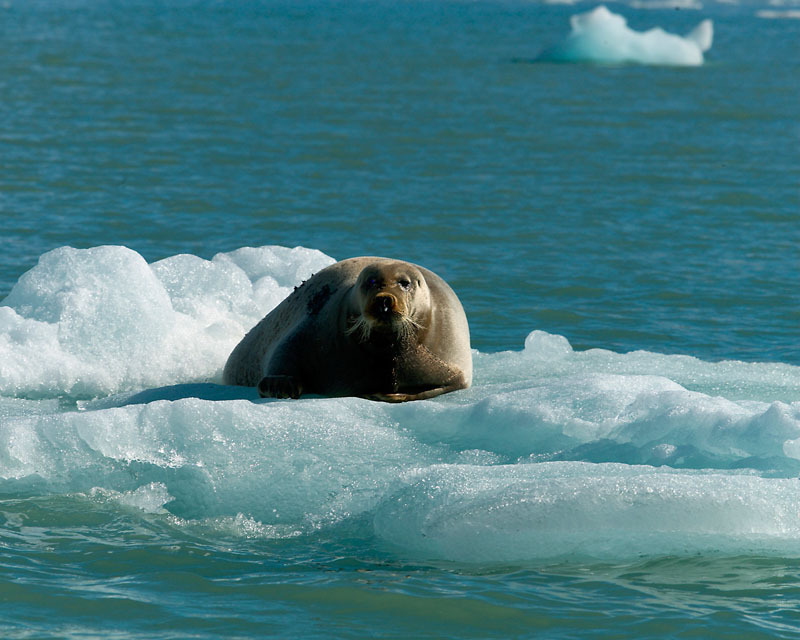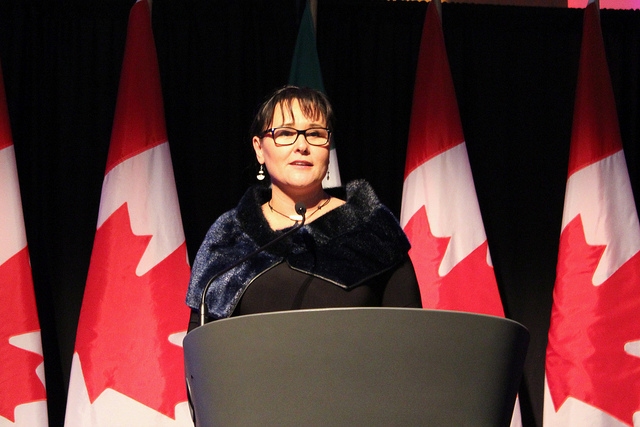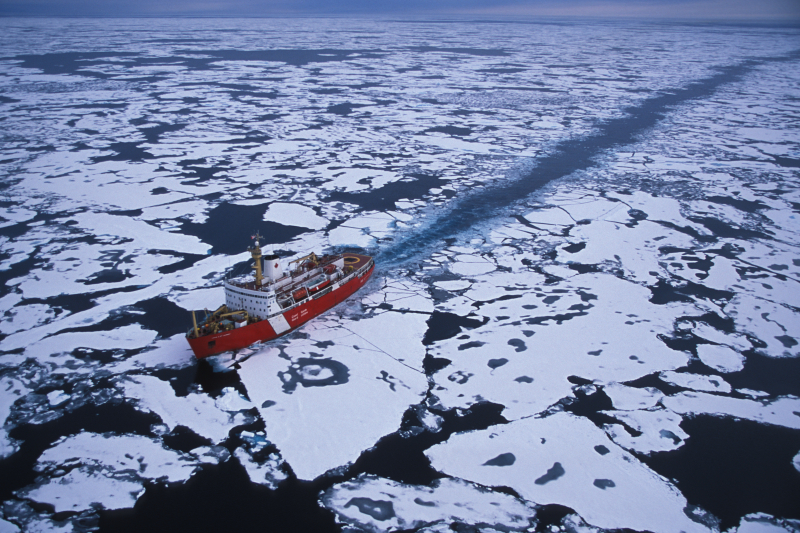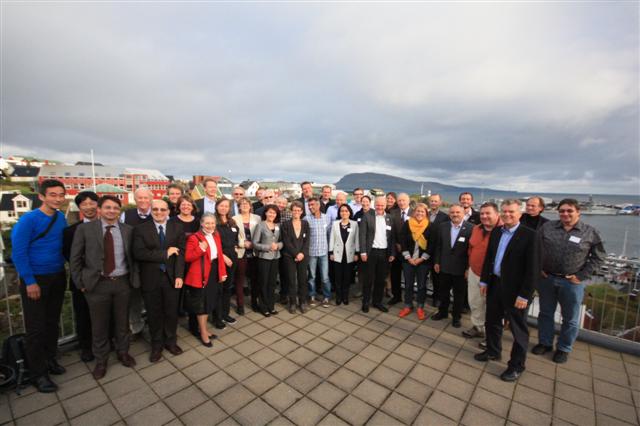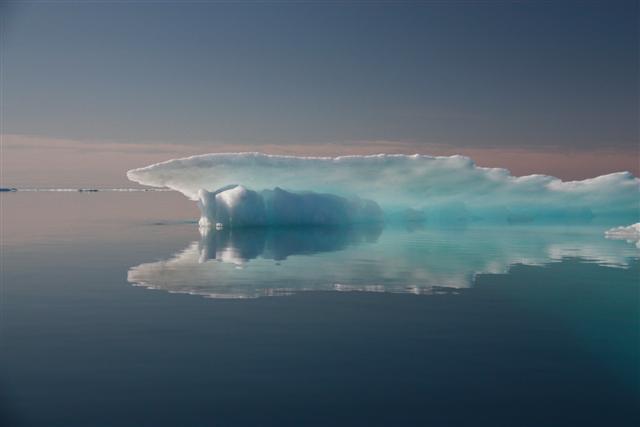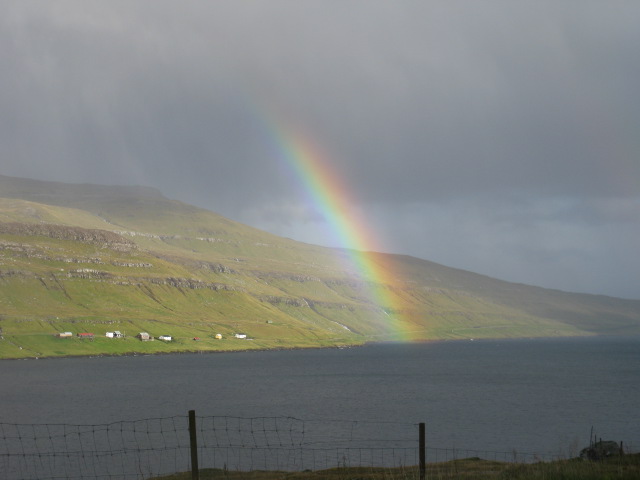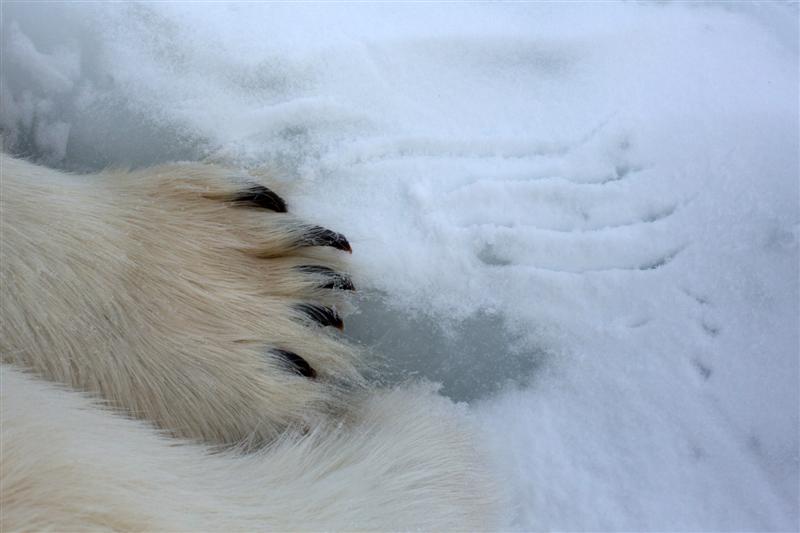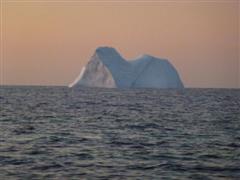Getting News on the Homepage:
You must have article permissions for the theme “Homepage”. If you are an administrator, you can set your own and other users permissions. To change user permissions, go to Administration from the CMS navigation on the left, search by name, and click on edit. Then go to “article permissions” tab to see where the user is currently able to post. If needed, assign the correct themes to the user and save.
When creating the news piece:
- set article type to “News”
- set theme/category to “Home page”
When all these requirements are OK, the news piece should appear on the homepage within 1-5 minutes.
If the news item does not appear (on live site or in the cms), open it in the cms, go to “Theme” tab, and check if next to the checked theme it says “approved” or “waiting”. If it says “waiting”, the user has no permissions to post under this theme (see point 1).
Getting News on the “Conservation & Stories” page:
http://wwf.panda.org/wwf_news/
- set article type to “News” or “Successes”
- set theme/category to “Press Office”
(if it doesn’t show up, check your user permissions, see point 1 on top of this doc)
Getting Publications on the “Publications & Resources” page:
http://wwf.panda.org/about_our_earth/all_publications/
- set article type to anything within “Publication”
- several themes can be selected in order to make it show up on this page
(if it doesn’t show up, check your user permissions, see point 1 on top of this doc)
Getting Press Releases on the “Media & Resources for Journalists” page:
http://wwf.panda.org/wwf_news/press_releases/
- set article type to “Press Release”
- set theme/category to “Press Office”
(if it doesn’t show up, check your user permissions, see point 1 on top of this doc)
Getting Stories on the “Conservation Success Stories” page:
http://wwf.panda.org/what_we_do/successes/
- set article type to “News” or “Successes”
- set theme/category to “SUCCESS!”
(if it doesn’t show up, check your user permissions, see point 1 on top of this doc)
Getting Job postings on the “Jobs” page:
http://wwf.panda.org/who_we_are/jobs/
- set article type to “Job”
- set theme/category to “Jobs” or “Volunteer Appointments”
(if it doesn’t show up, check your user permissions, see point 1 on top of this doc)
















